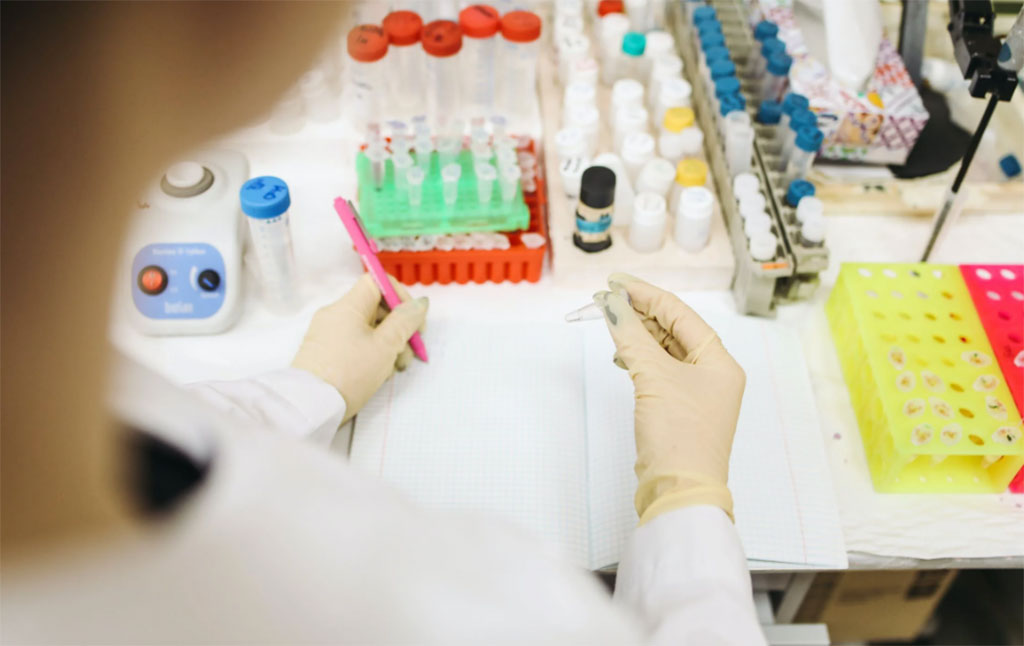Paper-Based Sensor Strip Rapidly Detects Sodium in Urine and Blood at POC
Posted on 29 Apr 2022
Diabetes and kidney sufferers are vulnerable to sodium imbalance, which might create several issues such as nausea, complications, fatigue, reminiscence loss, muscle weak spot, cramps, seizures, and cardiac pain. So, early and straightforward detection of sodium imbalance can be a life-saver. Now, a team of researchers has developed nanotechnology-based paper sensor strips to detect sodium focus in urine and blood serum that could revolutionize scientific analysis.
Researchers from the Central University of Kerala (Kerala, India) spent four years in creating the sodium testing equipment in their lab which specializes in biosensors, web of issues sensors, magnetic area sensors, optical, UV and infrared sensors. The sodium sensor was made by inserting curcumin, a chemical derived from turmeric, on prime of three to nine nanometres-thick copper particles. The curcumin coating protects the nano-copper from getting oxidized. The end synthesized product is an ink-like solution called quantum dots which is used to print the paper strips. The strip reacts with the sodium in urine or blood serum and produces a novel color by relying on the sodium focus.

For urine, the reading must be above 20 mili-equvalence per litre (mEq/ l) and for blood serum, it must be between 135 and 145 mEq/ l, while a reading below 125 could be problematic. Sodium focus detection strategies involving ion-selective electrodes and ion chromatography produce correct outcomes, although their high prices, advanced technology and excessive pattern requirement hamper their utilization on a large scale. However, paper-based dipsticks are cost-effective and user-friendly alternatives that produce rapid results.
Related Links:
Central University of Kerala













